Maid of Honor of the last Russian Empress Alexandra Fedorovna, famous beauty Meri Shervashidze-Chachba has lived a bright, interesting life and has not lost even in forced emigration, becoming the leading model of the Coco Chanel fashion house.
Arifa Kapba
All the high society of St. Petersburg admired her beauty, she received compliments from Nicholas II, the poets who devoted her fiery lines fell in love with her, the artists transferred her image to their canvases. All this is about beautiful Meri Shervashidze-Chachba.(Shervashidze ─ Georgian form of the Chachba family name, established in the written tradition of Georgia from the late Middle Ages - ed.)
At the royal court
She was born on October 17, 1895 in Batum in the family of the great-great-grandson of the sovereign Prince Keleshbey Shervashidze-Chachba, Major General Prokofy Levanovich Shervashidze-Chachba, was one of the prince’s three daughters. The family moved to St. Petersburg when the girls were very young. Her father Prokofy Levanovich was a deputy of the State Duma of the Russian Empire. Great support was given to the family by the head of the office of the widowed empress Maria Feodorovna Georgy Dmitrievich Shervashidze-Chachba. He had some influence at court, which affected the situation of many representatives of the Abkhaz princely families in St. Petersburg.
The historian Georgy Dzidzaria, in his work “The Formation of the Pre-Revolutionary Abkhazian Intellectuals”, writes that at the beginning of the twentieth century there was a whole group of representatives of the Abkhaz surnames at the royal court in St. Petersburg. “Some of the female members were also here,” writes Dzidzaria, “among them was Princess Maria (Meri) Prokofievna Shervashidze-Chachba ... In 1914, together with Maria Shervashidze, we see her father, the retired General Prokofy Shervashidze, mother Nina Georgievna, sisters Tamara and Anna Shervashidze.
Prideful posture, aristocratic appearance, impeccable manners distinguished Meri Prokofievna among other women even in St. Petersburg, where there were enough beauties. An interesting episode is told about the life of Princess Meri at the royal court.
Once Meri Shervashidze-Chachba was late for a memorial service and entered the hall after Emperor Nicholas II came. This was considered a gross violation of etiquette, but the emperor, noticing Meri Prokofievna, only admiringly said: "It is a sin to be so beautiful, princess." Both men and women admired her beauty. Great-granddaughter of Emperor Nicholas I, Grand Duchess Alexandra once told her: “Meri, you are so beautiful, if I met a man who is even a little like you, I would have married him with my eyes closed.”
She also met her future husband, the person to whom Mary would give all her love and be faithful for the rest of her life, at court. It was the great-grandson of the Georgian king Heraclius II, Prince George N. Eristavi (Eristov). Mutual feelings arose between the young people almost immediately after they met, but then Meri was a maid of honor, and they were forbidden to marry. The young were married after the revolution in Kutaisi.
Post-Revolutionary wanderings
After the October 1917 revolution, Meri Shervashidze-Chachba finds herself in Tbilisi. There she meets the Russian artist Savely Sorin. Sorin, admiring Mary, asks her to pose for a picture. He worked on the portrait for 23 days. This is how fashion historian Alexander Vasilyev describes the picture: “In a light silk dress belted under the bosom, with a “false classic shawl” over her left shoulder and a string of large pearls flashing between fragile fingers - this is how she was depicted by a talented painter in a portrait left in Russia” .
Vasiliev indicates that this black and white portrait of Meri remained in Russia, but according to other sources, Savely Sorin, leaving for emigration, took it with him. It is believed that the picture for a long time hung in the bedroom of the Princess of Monaco Grace Kelly, who considered the beauty of Meri reference.
Was there a poet in love?
May 20, 1918 in Kutaisi Meri Prokofievna Shervashidze-Chachba marries George N. Eristavi. It is said that this event was a great blow to the Georgian poet Galaktion Tabidze, who was in love with Meri, and he dedicated the poem “Meri” to her, in which he desperately described his lover's wedding ceremony with another man.
Meri was crowned on a rainy night,
And on the night of the rains, I cursed Meri.
I could not open the doors
Rebels between me and her
And I kissed those doors.
I knew - they fall down there,
A finger awarded with ring.
Listen! This is how birds are ringed!
And it is how people are slaved!
Many researchers of Meri's life believe that the poet loved her and dedicated entire poems and cycles of poems, calling them by her name. Meri did not even suspect such a passion, and when she was told about it much later, she was genuinely surprised. She did not read poems - after all, the poet wrote in Georgian, which she did not speak.
The lines of the poem “Meri” are romantic, but many still doubt that they were dedicated to Meri Shervashidze-Chachba, because Tabidze’s work was published in the Georgian magazine “Theater and Life” in 1915, and Princess Meri got married only three years later. Galaktion Tabidze met Meri much later. Many researchers believe that he first saw her in 1935 in Paris.
Meri in Paris
After 1921, Meri and her husband left for Constantinople, where they lead a rather idle and joyful life. Together with her husband Meri settled in one of the most luxurious hotels in the city, they spent every evening in restaurants and cabarets. They also visited the “Black Rose” cabaret, where the famous singer Alexander Vertinsky sang, who remembered Meri from St. Petersburg. She was often presented with flowers on his behalf, and he sang to her the songs that she requested.
In Constantinople, Meri even managed to take part in a beauty contest, and there she eclipsed everyone with her appearance. But soon, due to the difficult financial situation and the unstable political situation, the spouses decided to move to Paris, where at that time representatives of the higher classes of the Caucasus and Russia had to emigrate.
It was not easy for two representatives of aristocratic families, Meri and her husband, in Paris without connections, without finances. They were running out of money, compelled to sell their valuables. They even sold a golden snuffbox - a gift from Emperor Nicholas II. There was nothing to do except to look for work. Everything was decided by a chance meeting the Grand Prince Dmitry Pavlovich on one of the streets of Paris, who immediately recognized Meri. He knew Coco Chanel closely and asked her to pay attention to beautiful Meri. So she began to work in the studio of Coco Chanel.
“Together with Meri in the House of Chanel, there was another beautiful woman, a representative of the ancient Kabardian family Gali Hagundokova-Bazhenova. Both girls, immigrants from the Caucasus, became the face of the world famous brand during its heyday. Today, pictures of two beauties made by an unknown photographer have become the most genuine classic of black and white photography,” writes costume designer Elvira Arsalia.
Journalist Tatyana Savostina notes that both Slavic and mysterious Caucasian beauty at that time led Europeans to delight.
“The noblewomen from the already defunct Russian Empire, with their expressive, “thoroughbred” facial features, strongly contrasted with the usual, “pretty” fashion models. Meri's clear profile, expressive eyes and a noble posture very quickly elevated her to the rank of the best models of the Chanel fashion house,” Savostina writes in her article.
It is believed that it was Meri who first came out on the catwalk with a string of pearls around her neck - the legendary jewelry introduced into fashion with an easy hand of Chanel. Meri's beauty was greatly appreciated in the fashion world, she was often invited to parties, and a whole line of photographers lined up to photograph her.
Fashion historian Alexander Vasilyev, in his book “Beauty in Exile,” writes: “Fragile brunette Meri personified the type of beauty that was fashionable in the 1920s. Her face and figure suited perfectly to the style of Chanel of those years, and Koko was impressed that real princesses worked for her - a provincial from Auvergne. Paris in those years, valued the most titled ladies. Grand Duchess Maria Pavlovna, Princess Maria Yusupova, Meri Shervashidze, Gali Bazhenova were admitted to the high society. Of the huge number of Russian beauties in Paris in those years, few were chosen.”
However, Meri Prokofievna herself, who was not enthusiastic about the mannequin’s career, very soon gave it up and subsequently even tried to hide this period of life, embarrassing her. From the house of Coco Chanel, however, Mary did not leave empty-handed. Saying goodbye to one of her favorite models, Koko presented her with a luxurious gift - strings of beautiful pearls, once presented to her as a gift by Grand Duke Dmitry.
In 1946, Meri's beloved husband passed away. She remains alone and is experiencing a loss. The only joy for Meri Prokofievna were nephews - Nanuka and Konstantin. However, Meri survived both. After the death of Konstantin, Meri deeply grieved, even for several days she did not leave the house. In Paris, she undoubtedly felt lonely, which she often wrote in letters to her friend who remained in Russia.
Meeting of the princes of the Shervashidze-Chachba clan
Interesting information about Meri is left by the daughter of the artist Alexander Shervashidze-Chachba Rusudana Aleksandrovna. They met in Paris in 1968, when Meri was already 76 years old. “In preparation for the meeting with Meri,” writes Rusudana Alexandrovna, “I expected to see an elderly, solid, sedentary woman with traces of past beauty, always in a chair and complaining of illness. What a surprise it was when I received an invitation to the restaurant, and was met by a beautiful, young, charming, completely modern woman.”
Meri Shervashidze-Chachba warmly recalled the father of Rusudana, whom she knew personally, whom she met in St. Petersburg, Tbilisi, Paris. Meri admired the exceptional nobility, humanity, his easy communication with people, wit and extraordinary modesty. Between Meri and the artist Alexander Konstantinovich was a correspondence, she addressed him with the words “Dear Uncle Sasha”, and signed as “Your loving niece Meri.”
There is a beautiful watercolor portrait of Meri, painted in 1912 by Alexander Shervashidze-Chachba. This small work, in the words of his daughter Rusudana Alexandrovna, reflects the warm feelings that the artist had for a young beautiful relative.
“The artist with love conveyed an amazing charm, virgin tenderness, subtle regular features of the Abkhaz beauty. Cute face is depicted in the reverse, with a slight tilt of the head. In the expressive look of brown eyes, in the movement of black eyebrows, one can feel the alarming alertness of a young girl entering into life, internal excitement is transmitted to the viewer, and you do not want to take your eyes off this charming appearance,” writes Rusudana Shervashidze-Chachba about this portrait.
It is also known that this portrait was painted "in the estate of Varvara Mikhailovna Meyendorf - the sisters of the Abkhaz poet Georgy Shervashidze, who was often visited by Alexander Konstantinovich and Meri." The picture was kept for a long time in the Museum of Fine Arts in Kazan, but with the active work of the Minister of Culture of the Autonomous Soviet Socialist Republic Alexei Argun in the 1980s, it was returned to its homeland, Abkhazia.
Having met Meri in Paris, Rusudana Alexandrovna gave her a picture of her, which was lovingly kept in the archives of her father, the artist Alexander Shervashidze-Chachba, and also took a picture of Meri herself.
In the sixties, Meri Shervashidze-Chachba received the inheritance left by Admiral Makarov’s son Vadim, who had been in love with the Empress's maid of honor all her life.
Left alone, Meri chooses a Parisian home for the elderly, although of the highest class. There she had three luxuriously furnished rooms. She had little contact with other immigrants, but she often traveled to a rich district of Paris, where she once lived with her husband, met with friends there, they played cards for a long time.
Even being aged Meri Prokofievna chained admiring glances of men. She also had an admirer at a nursing home, who met her every day with a bouquet of beautiful flowers. But despite the many admirers who surrounded Meri Prokofievna until the end of her days, she remained alone and was faithful to her husband.
Beautiful Princess Meri Shervashidze-Chachba died at the age of 98 on January 21, 1986. She was buried together with her husband in the Saint-Genevieve-des-Bois cemetery in Paris.
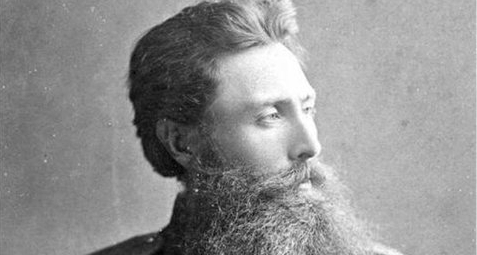
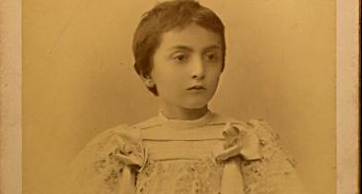
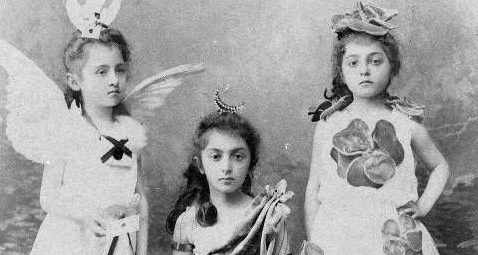
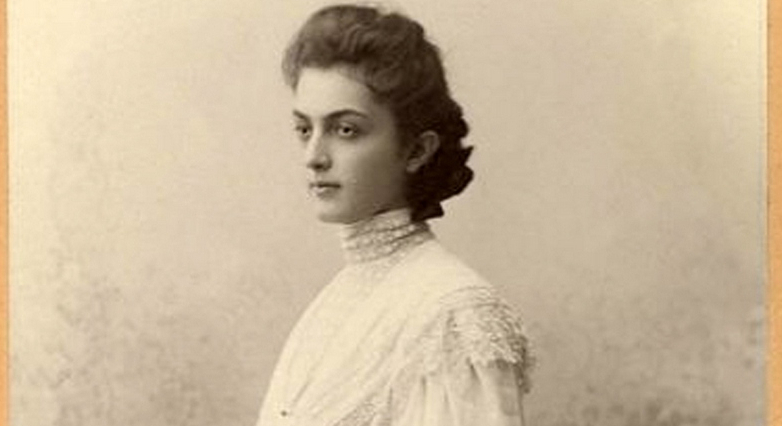
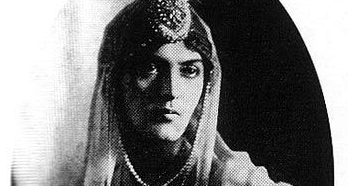
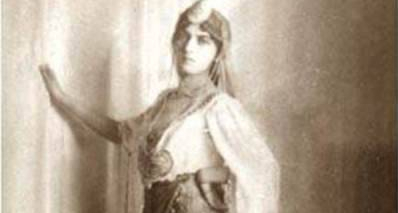
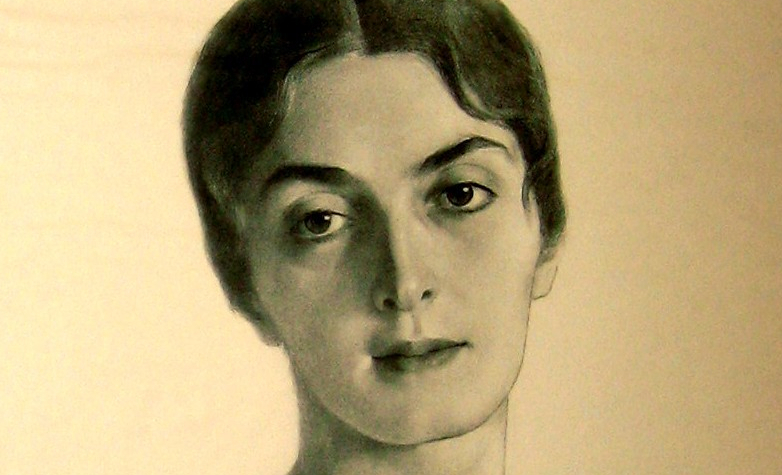
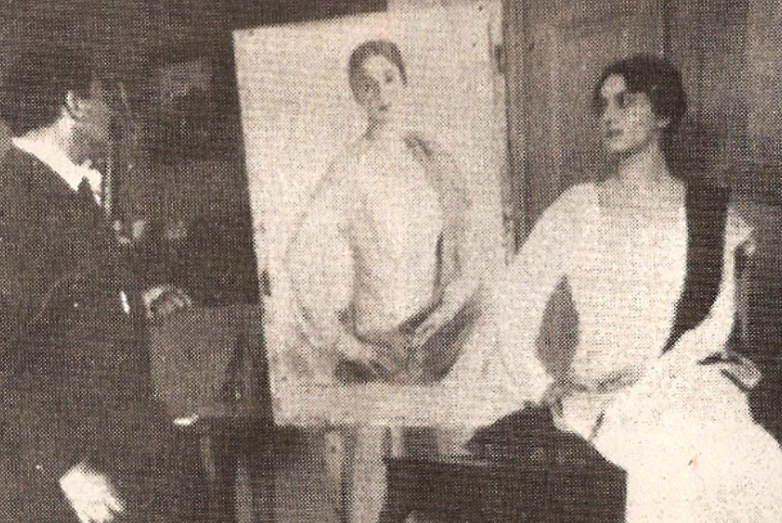
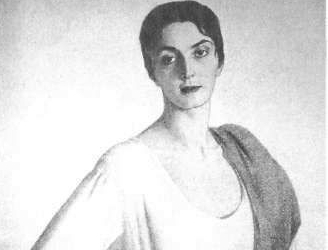
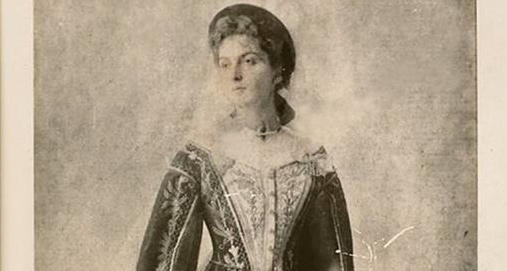
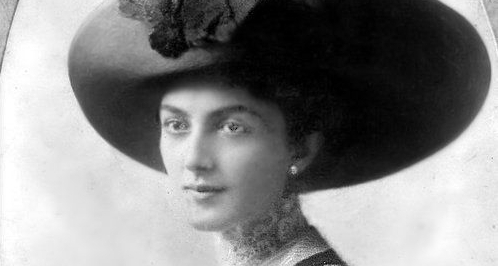
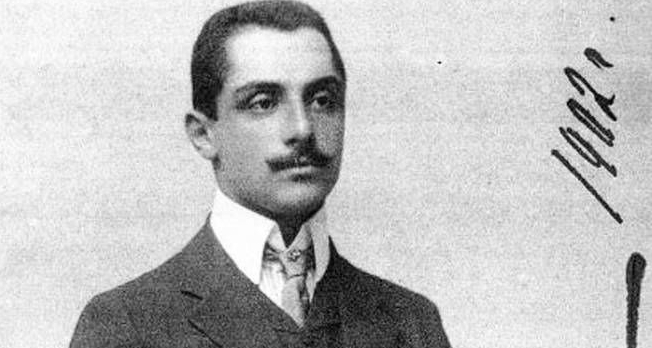
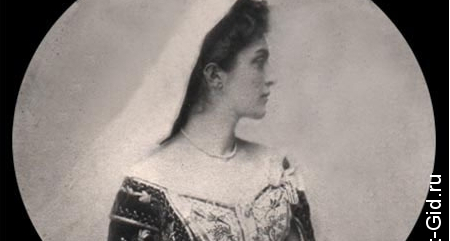
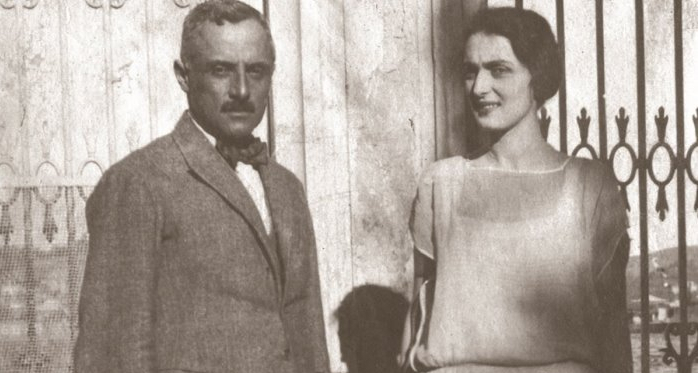
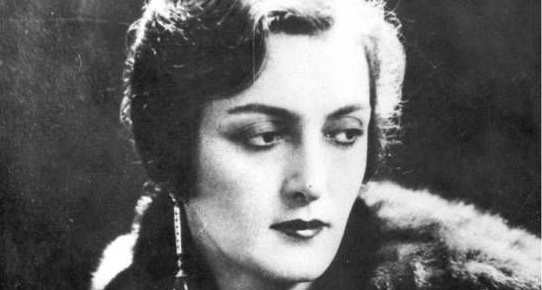
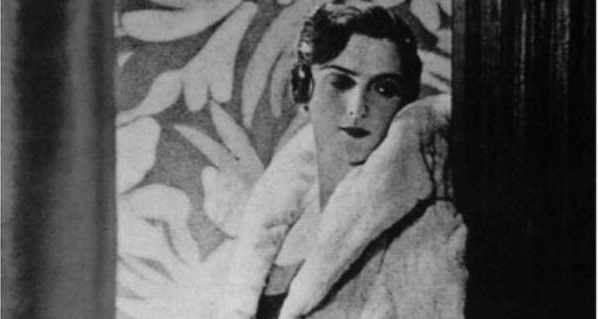
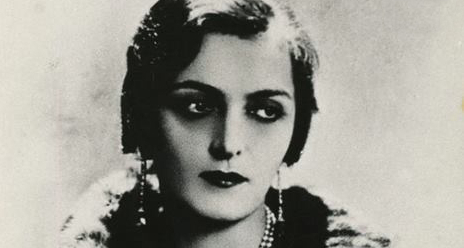

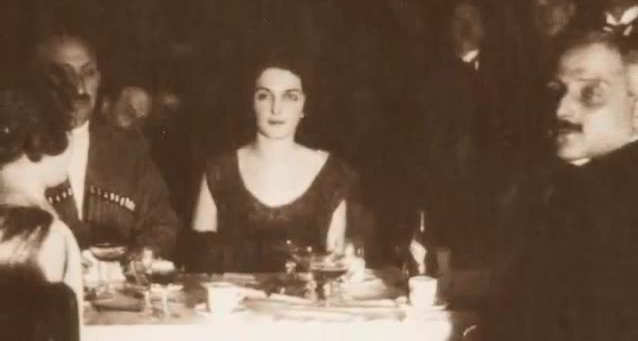
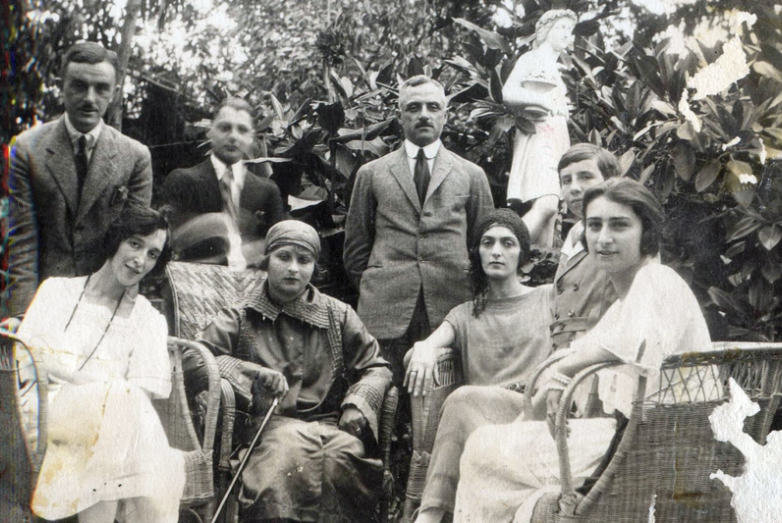
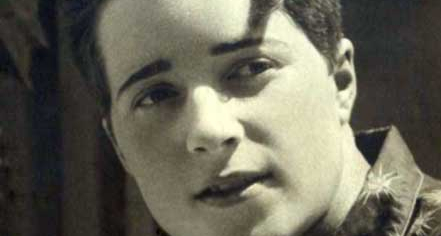
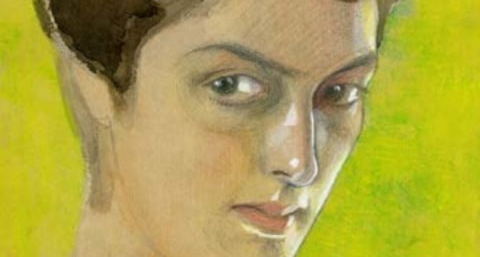

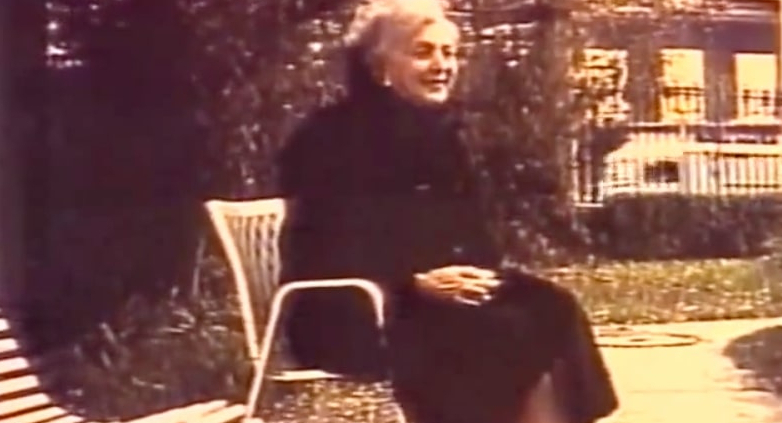
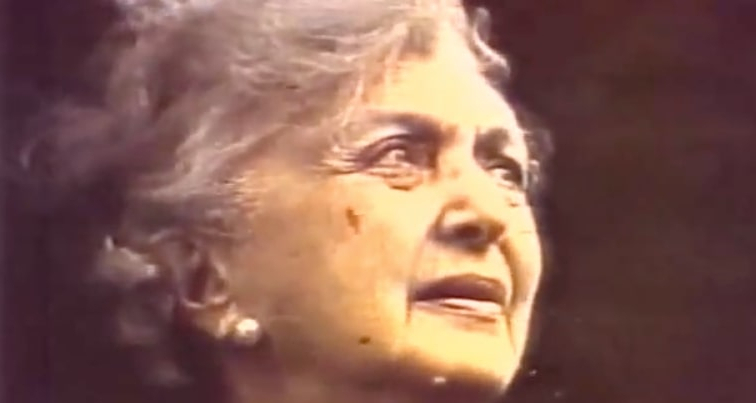
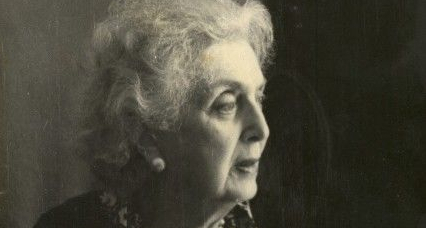
to login or register.